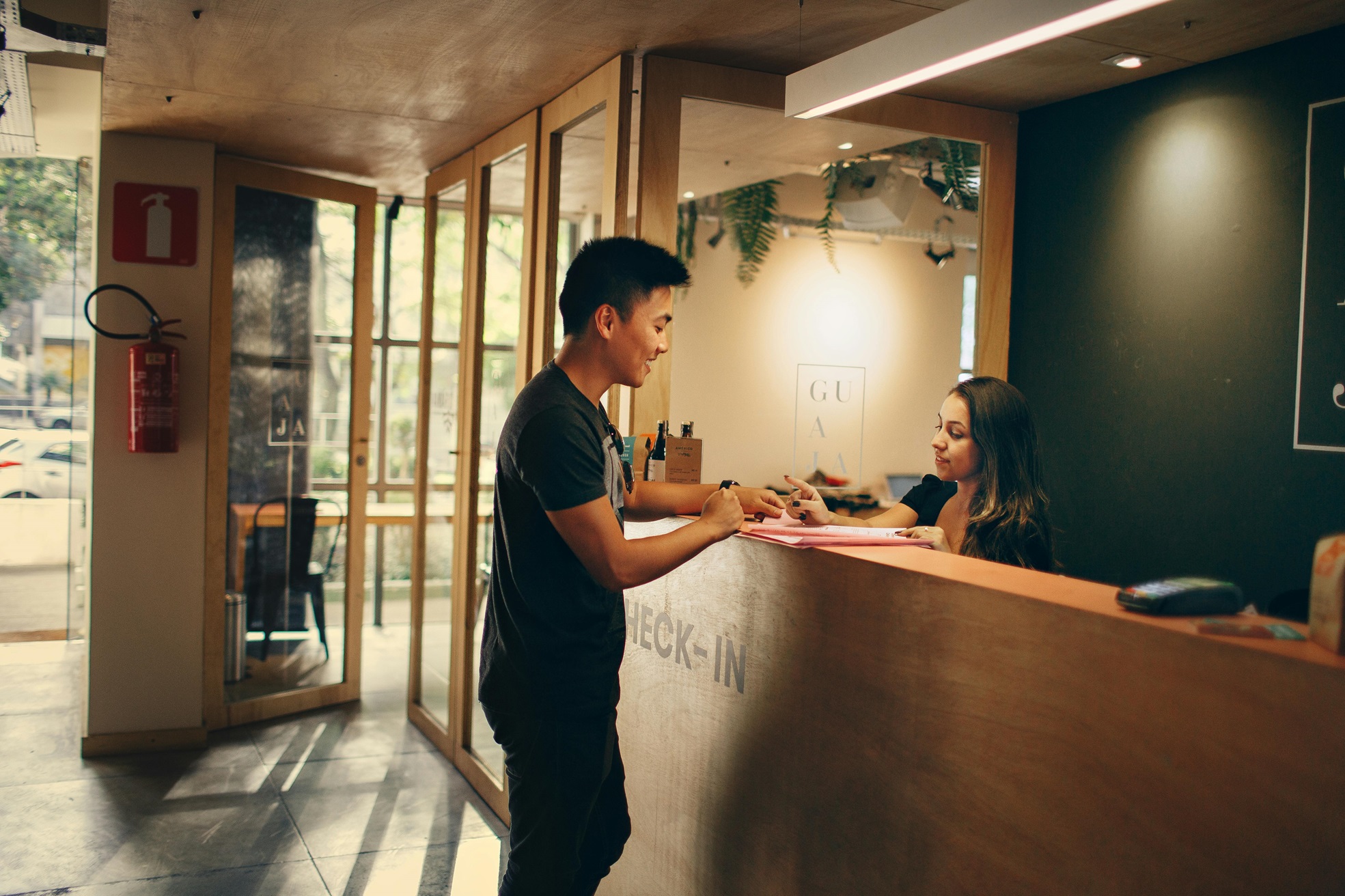Across Europe, PBSA, Co-Living, and Build-to-Rent are moving through a significant transition. For years, these sectors focused on occupancy, yields, amenities, and operational efficiency. Today, a new paradigm driven by belonging, wellbeing, and resident experience is taking hold. “Living as a Service” is emerging not as a trend, but as a new operating logic.
What residents want from their homes is shifting, and developers, investors, operators are realising that future-proof living assets must be designed around how people live, connect, and evolve across life stages.
Well-being as a Core Metric
Insights from The Class Foundation’s Student Living Monitor 2023-25 (SLM) show unequivocally that accommodation is a key determinant of mental health. Students living in Purpose-Built Student Accommodation (PBSA) have higher wellbeing scores (MHI-5: 58.4) than those living in other types of housing. Scores drop sharply for students who are forced to live at home due to cost or lack of supply (as low as 42.6).
One of the most critical insights from the study is the effect of loneliness. Students experiencing loneliness record a 13.8-point lower mental health score, than those who did not report being affected by it. This reinforces something the industry has long intuited: community isn’t an add-on. It is essential infrastructure.
These findings shift how we view living assets. Accommodation isn’t just where students sleep, as it shapes their academic performance, resilience, and daily lives. Well-being must become a fundamental performance indicator for operators.
Beyond Buildings: Living as a Service
Residents increasingly seek not just functional housing, but environments that deliver meaning, connection, and ease. The key question is no longer How do we fill a building? but How do we enrich the lives within it?
This shift has several implications:
- Design and operations must work in tandem.
Hospitality principles, seamless digital journeys, and intuitive service touchpoints are becoming essential.
- Attention must return to the private domain.
The Student Living Monitor shows that wellbeing is shaped more by personal rooms than communal areas. Daylight, climate control, soundproofing, privacy, and personalisation are now core needs, not luxuries.
- Community must be intentionally designed.
Events don’t build community—design, operations, and empathetic service do. Community managers need to be hosts, facilitators, and listeners.
Living as a Service moves us from managing assets to curating human environments.
Amenity as Emotional Infrastructure
Across all living sectors, amenities are being redefined. Where developers once focused on visual impact, residents now value amenities that support emotional and academic wellbeing: quiet study rooms, mindfulness spaces, reliable Wi-Fi, flexible social areas, and places for rest.
“Emotional infrastructure” refers to spaces that help people feel centred, connected, and supported. The industry is increasingly embracing “resitality”: homes that operate with hotel-like service precision, but with community sensitivity and long-term resident care.
Hospitality is no longer aspirational; it is expected.
A Connected Living Journey: PBSA to Co-Living and BTR
The boundaries between PBSA, Co-Living, and BTR are blurring. Students transition into young professionals; renters move between shared and private formats depending on career, finances, relationships, and lifestyle. Residents are increasingly wanting continuity not separate worlds.
A next-generation living ecosystem therefore requires:
- Interconnected service cultures
- Seamless digital and operational transitions between sectors
- Flexible leases and interoperable resident platforms
- Shared amenity access or cross-asset memberships
Rather than competing for the same resident at different life stages, operators have an opportunity to collaborate—creating a fluid living journey that retains residents across multiple buildings and asset classes.
This is where Living as a Service becomes a true lifecycle model: a resident might begin in PBSA, move into Co-Living during early career years, and graduate into BTR for stability and space.
The value proposition becomes long-term, not transactional.
Designing the Next Generation of Living
To build future-ready living assets, operators should focus on four key aspects: Community by Design, elevated private spaces, human-centred operations, and emotional infrastructure. The shift from “space” to “Living as a Service” is reshaping Europe’s living markets. Residents are demanding substance over show, wellbeing over novelty, and community over isolation.
The future of PBSA, Co-Living, and BTR will be defined not just by physical spaces, but by how people feel living in them.


.jpg)




